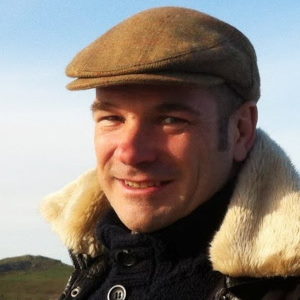Targeting your Irish Ancestors with DNA

b'This intermediate-level talk will cover how to select a particular Irish line for investigation and characterize that line\\xb7s brick wall as best one can (using naming convention and baptism records to identify possible parents and siblings, respectively). Maurice will then explore testing known cousins that triangulate on the brick wall and how a cluster of shared matches can be identified. As accessing family trees for each member of the cluster can be a challenge, he will offer various hints and tips for achieving this. He will also explain how to generate an autosomal DNA matrix, which helps you estimate the relationships between the cluster members, highlight close connections, and isolate specific ancestral lines down which the DNA has been passed. Ultimately, this exercise generates clues and leads that point you to a common surname, location or ancestor that you can focus on when studying the documentary records. Maurice Gleeson is a psychiatrist and pharmaceutical physician as well as a genetic genealogist. He is administrator of several surname DNA projects, including the Gleason, Spearin, Farrell, Ryan, and O\\u2019Malley projects. This intermediate-level talk will cover how to select a particular Irish line for investigation and characterize that line\\u2019s brick wall as best one can (using naming convention and baptism records to identify possible parents and siblings, respectively). Maurice will then explore testing known cousins that triangulate on the brick wall and how a cluster of shared matches can be identified. As accessing family trees for each member of the cluster can be a challenge, he will offer various hints and tips for achieving this. He will also explain how to generate an autosomal DNA matrix, which helps you estimate the relationships between the cluster members, highlight close connections, and isolate specific ancestral lines down which the DNA has been passed. Ultimately, this exercise generates clues and leads that point you to a common surname, location or ancestor that you can focus on when studying the documentary records.'